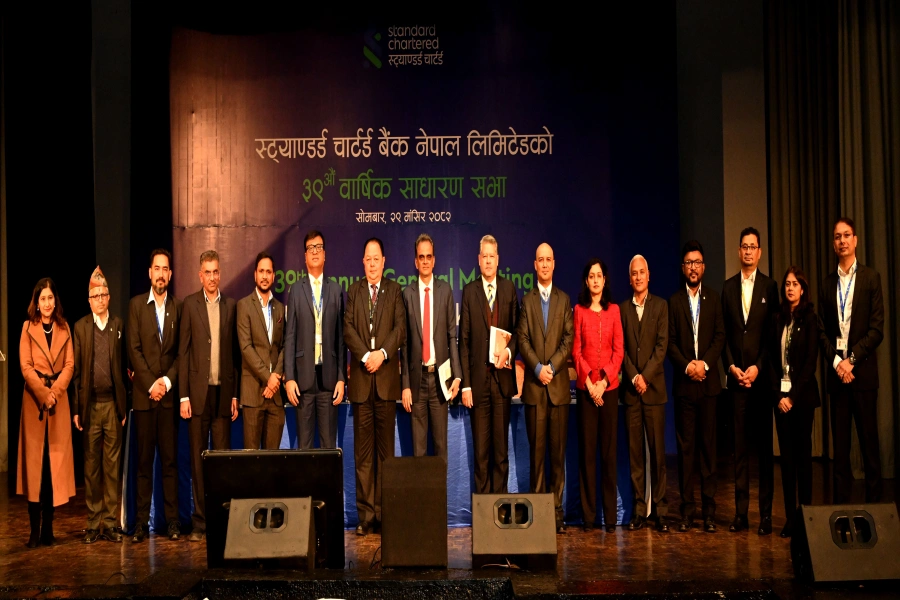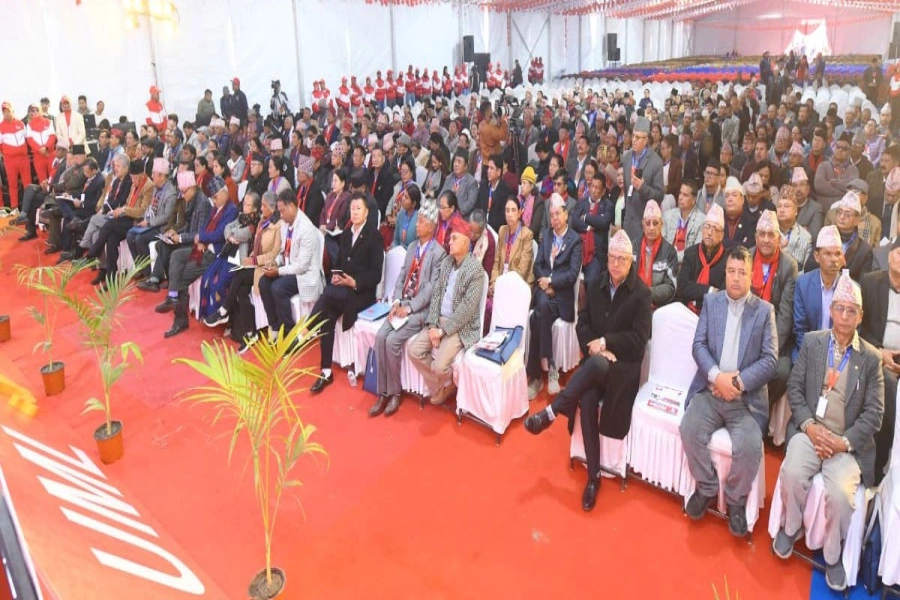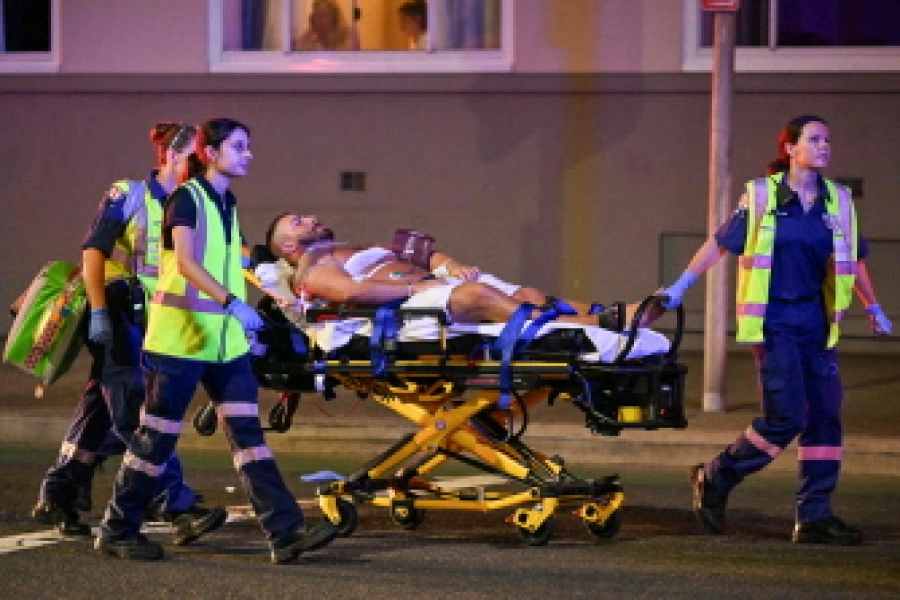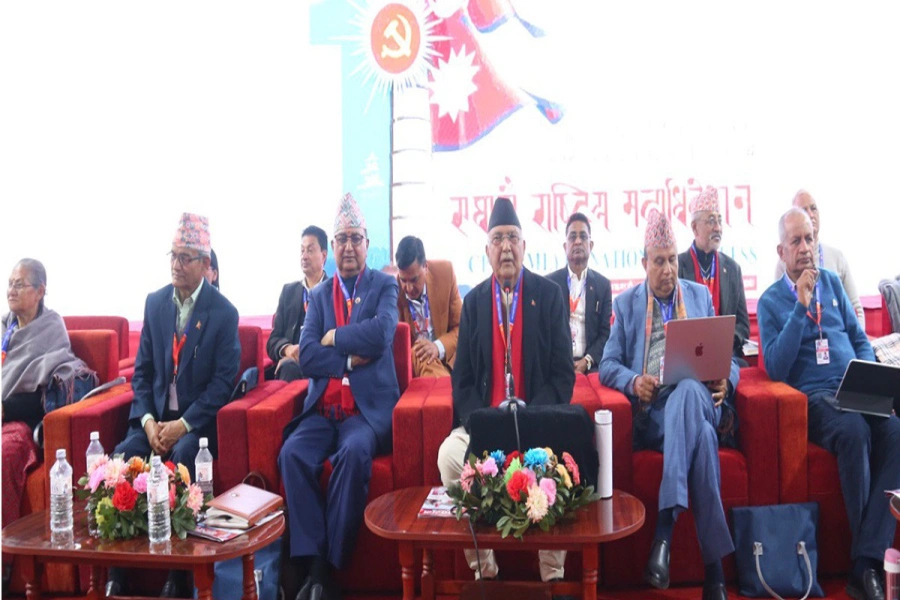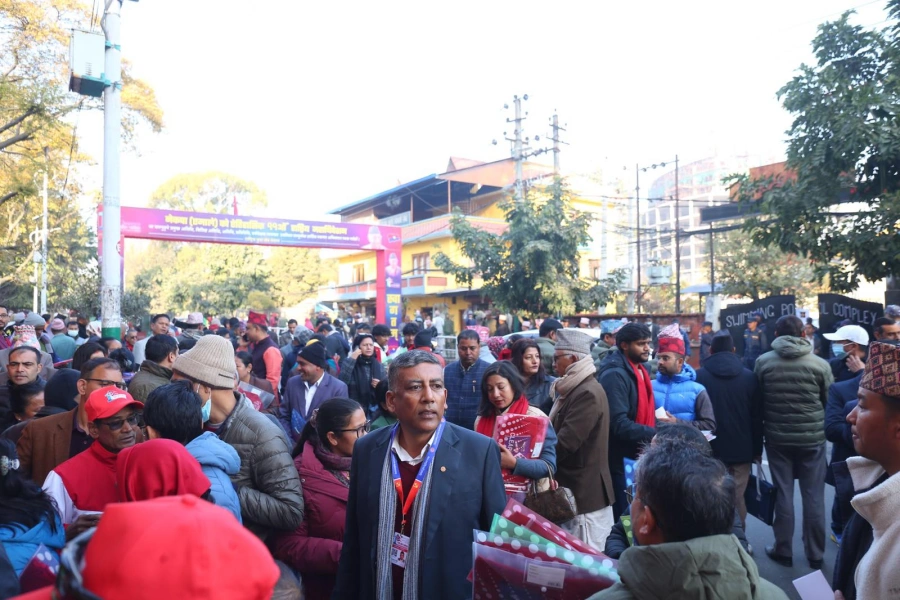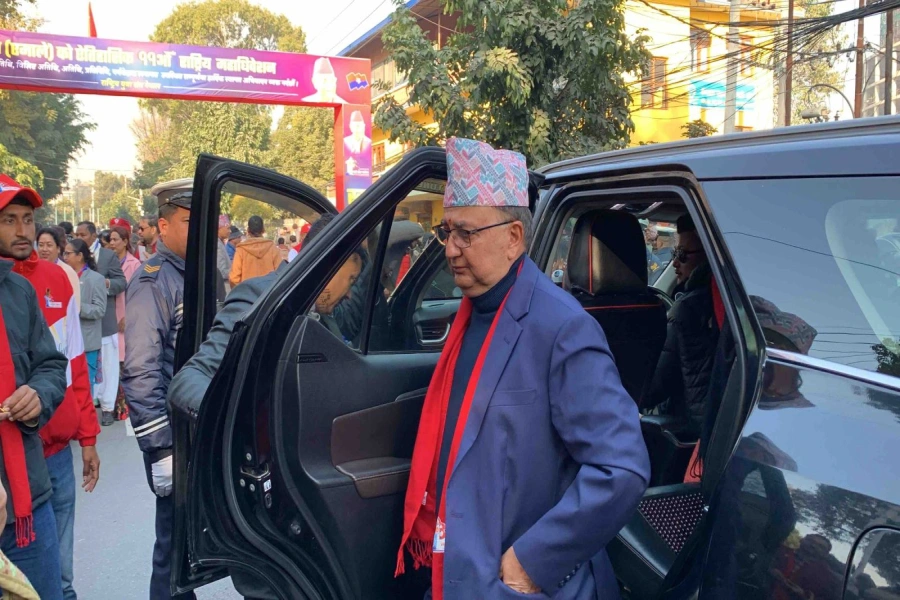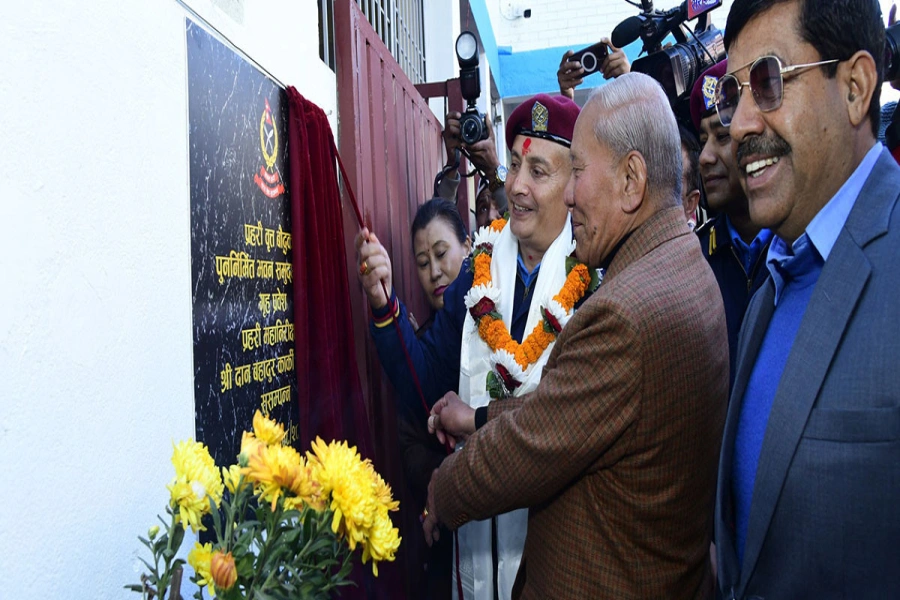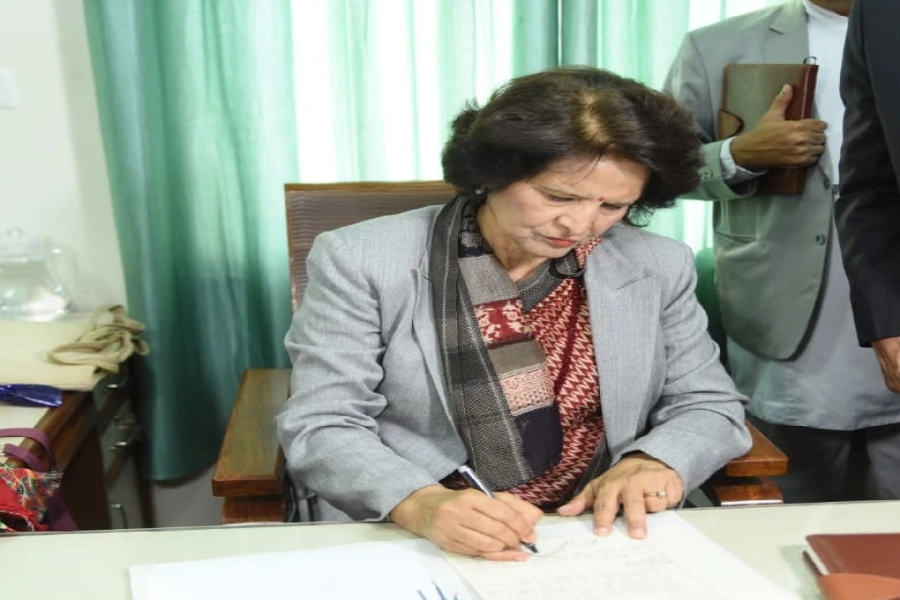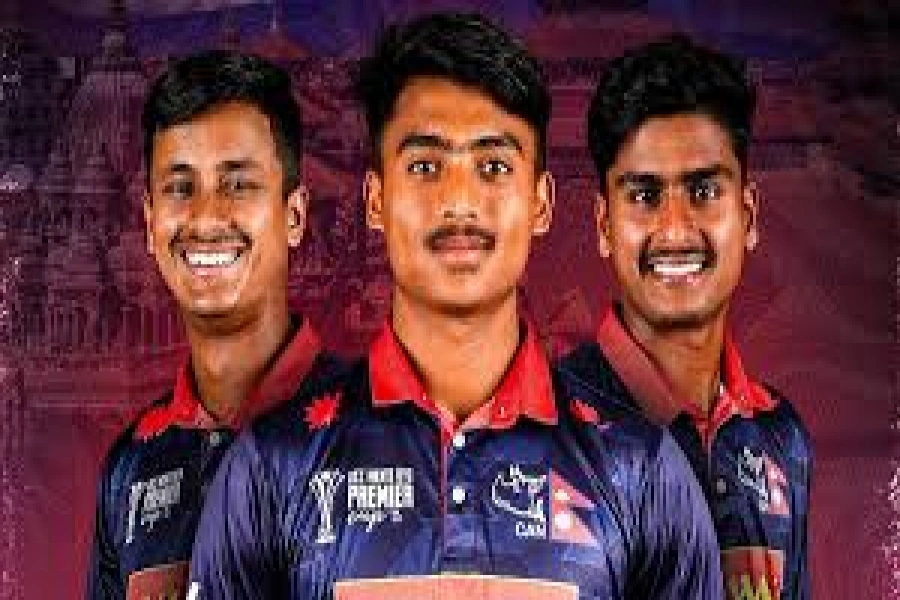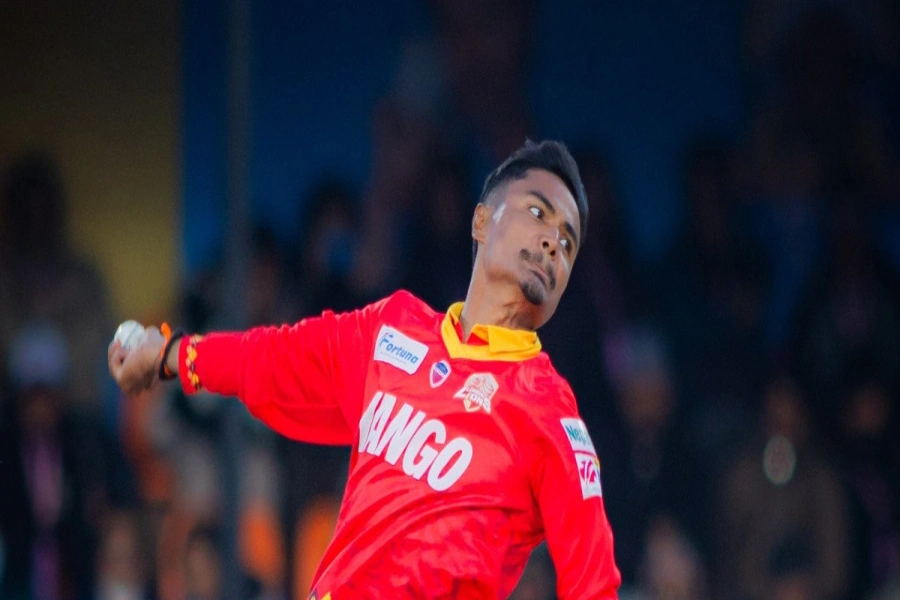Persons with disabilities face insurmountable challenges in Nepal and so far no advocacy work has been effective enough to bring about radical changes in their lives. With data from the National Census 2011 at the best debatable, there is no certainty on the exact number of persons with disabilities living in Nepal.
Considering that only the luckiest are able to move to Kathmandu, where most of the facilities and opportunities are available, many youths with disabilities living in rural areas across the country are invisible and hence forgotten.
With most of their grievances neglected by the government and the society, we are in dire need of a novel approach to tackle social exclusion and discrimination faced by persons with disabilities. While certainly not a panacea, sport for development is emerging as a new tool to bring positive changes in the society, laying the foundation for the implementation of the Sustainable Development Goals.
In recognition of the potential of sport for development, the United Nations General Assembly on the December 6, 2016 endorsed the resolution A/71/L.38 entitled “Sport as means to promote education, health, development and peace”.
Yet while greater coordination is needed at global level to leverage sport for development, including the creation of coalitions and alliances to promote best practices, the only way to spread sport for development is to promote new activities on the ground.
From schools to youth clubs, there is a great potential to do more with sport to achieve social change and involve local youths as activists and change makers.
Sport based development activities can be cost effective and sustainable in the long run and are especially powerful in the involvement and engagement with local communities.
They can significantly enhance the living conditions of persons with disabilities, not only by promoting their physical and psychological wellbeing but also as a new way to advocate for their rights, while creating more awareness. Moreover, sports can bridge the gap between disable youths and their able-bodied peers.
ENGAGE, a local not for profit working to support the process of self-development of youths with physical disabilities, uses sports to bring together youths who otherwise would never have met. One example is the ENGAGE Sport Coaching program where local youths with great passion for basketball are trained to be wheelchair basketball coaches and assigned to local teams of youths with physical disabilities.
In such way, new relationships are built and new friendships developed based on mutual respect and reciprocal learning.
While team members can count on committed young coaches, the ENGAGE Sport Coaches also learn about disability and social inclusion but most importantly are inspired by their players, who show tremendous resilience and determination, on and off court.
The program is aimed at fostering the wellbeing of youths with physical disabilities while at the same time laying the foundation for a more inclusive society. The ENGAGE Sport Coaches become champions of social inclusion and disability rights and try to act as role models and mentors.
With most teams training in schools and colleges, local students can observe and admire the effort of the players.
This is one of the best ways to set in motion an unconscious change in people’s mindset in relation to disabilities and to break down biases and misconceptions. But here we are not only talking about social inclusion but also about competitive sports.
The ambition is high: using sports to create a more equal society where youths with disabilities can take the lead in the development of the nation. This is why we are trying so very hard to elevate wheelchair basketball in Nepal to the highest levels.
In European countries like Germany, Turkey, Spain and Italy, the game is played professionally, with huge fan following. Just to give you an idea, the finals of the Italian championship saw almost 4,000 spectators. One day something similar will happen in Nepal. But for this it is essential that we have a strong calendar full of competitions.
The Turkish Airlines ENGAGE Empowering League, the premier adaptive sport initiative not only in Nepal but right through the entire region, now on its second edition, is an attempt to raise the “bar” and make adaptive sports more competitive. The League that started on the May 27 will conclude with the final on July 1.
The league is a daring attempt to change the status quo, creating an “outlier” that can motivate and inspire other stakeholders to unite and forge a common path to develop disability sports in Nepal.
Partnerships are essential: with a global company like Turkish Airlines as Title Sponsor, the Embassy of Switzerland as key partner, the Ministry of Youth and Sports as co-convener and several corporate houses and not for profits involved as well, the league is trying to create a paradigm change in the country.
Partnerships alone are not enough; what is needed now is a general public mobilization where people from all the walks of life come together and celebrate the athletes competing for victory and fighting for a more inclusive and fairer society. Let‘s start from cheering up the teams in the finals today. I can assure it will be fun.
Change of Guard and OBOR

The author is Co-Founder of ENGAGE, a local not for profit working with youths with physical disabilities. The finals of the League will be played at Army Sport Training Center today


